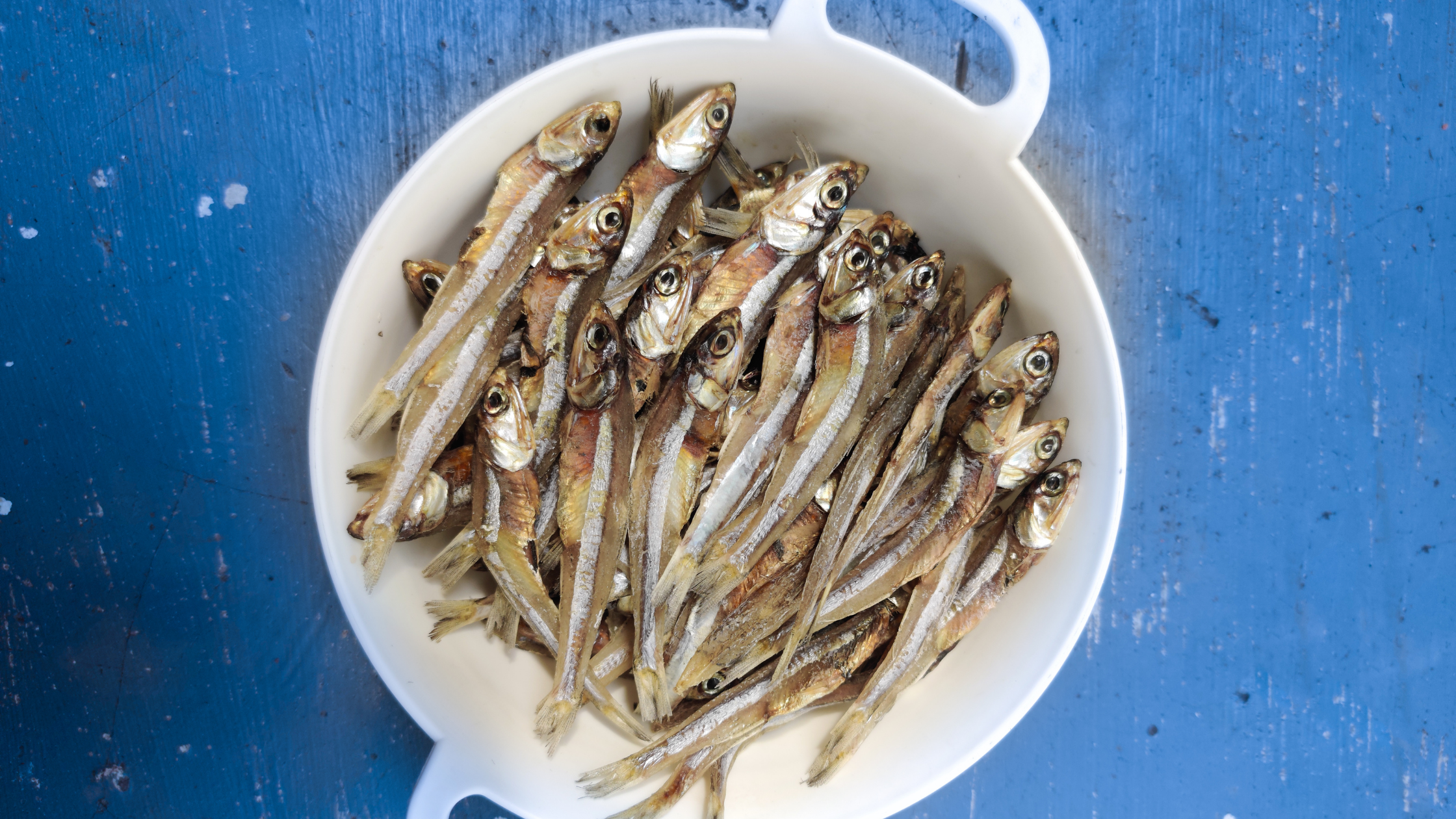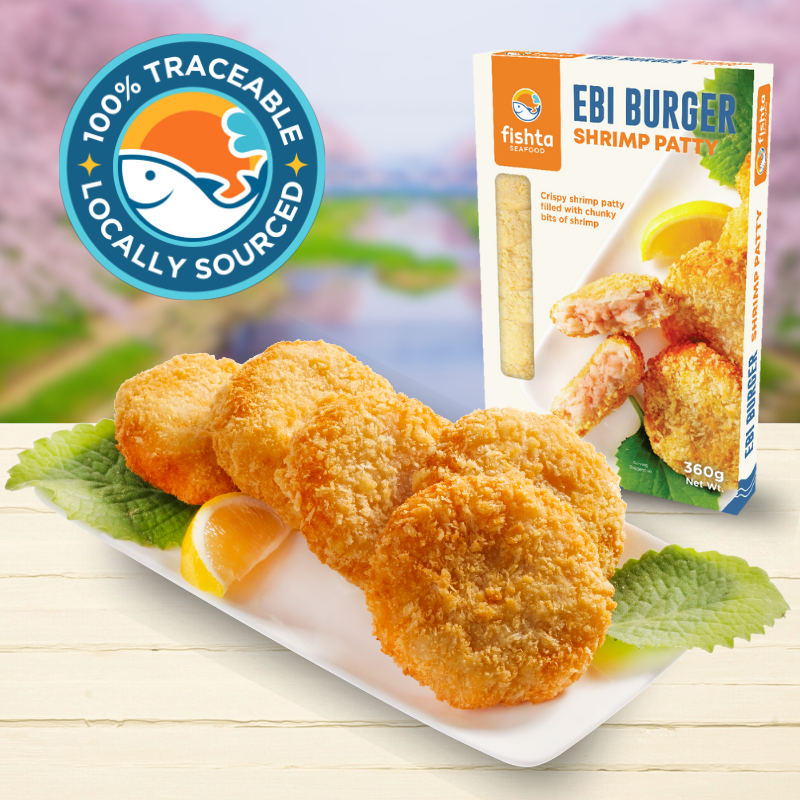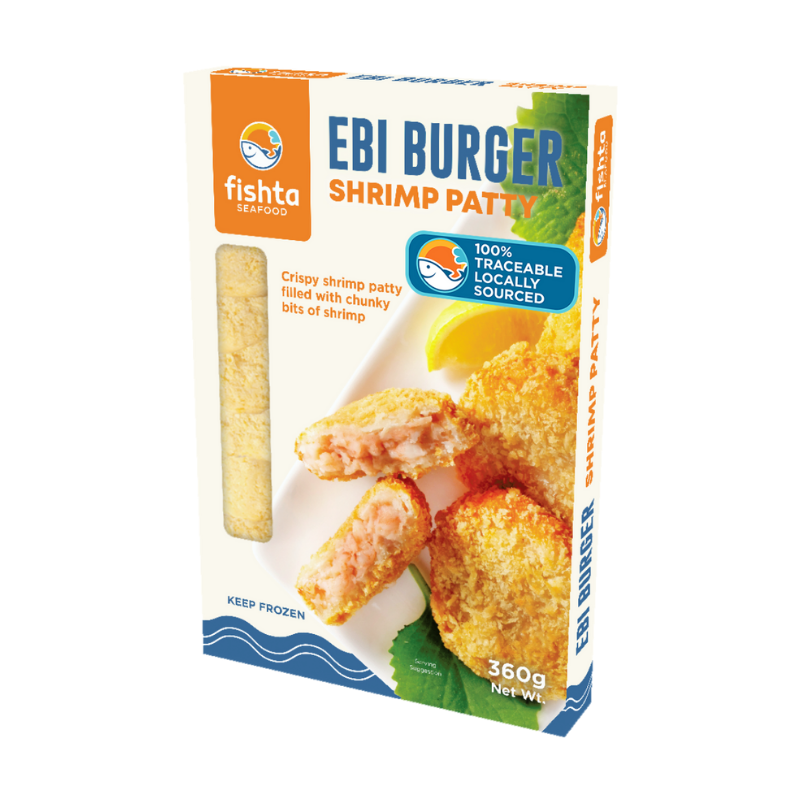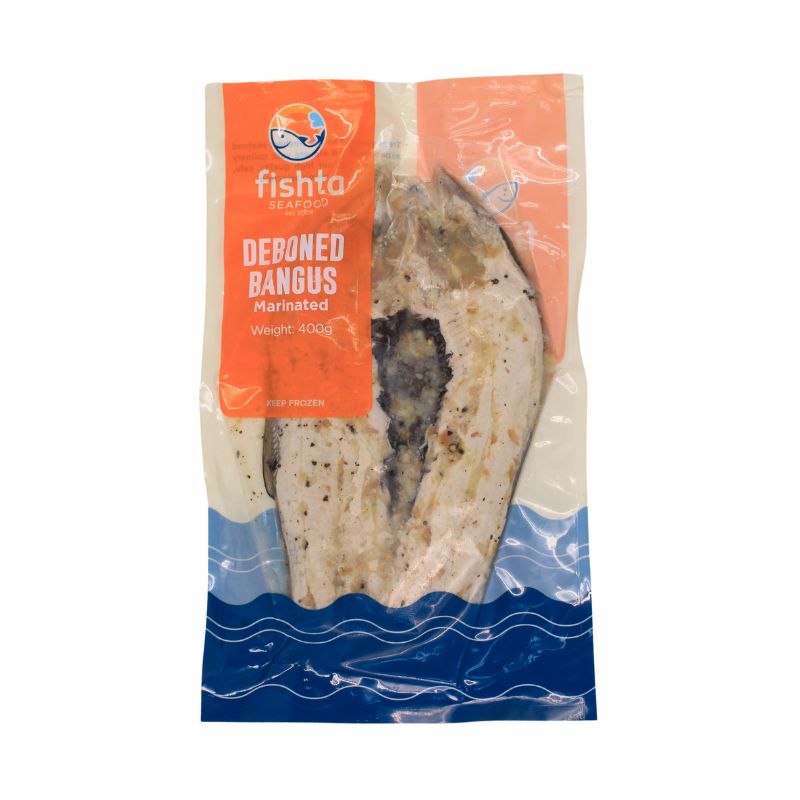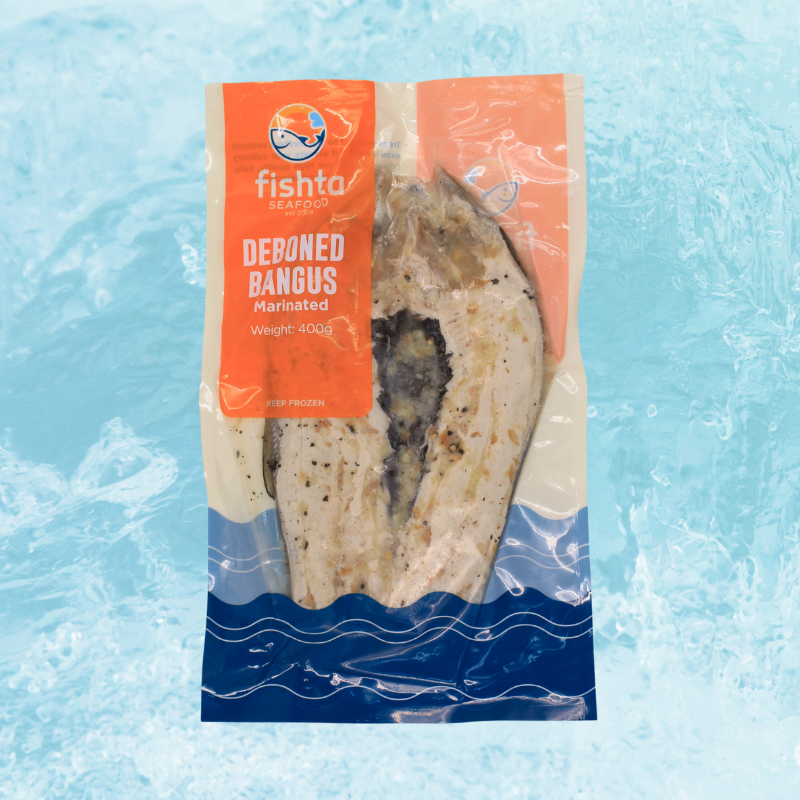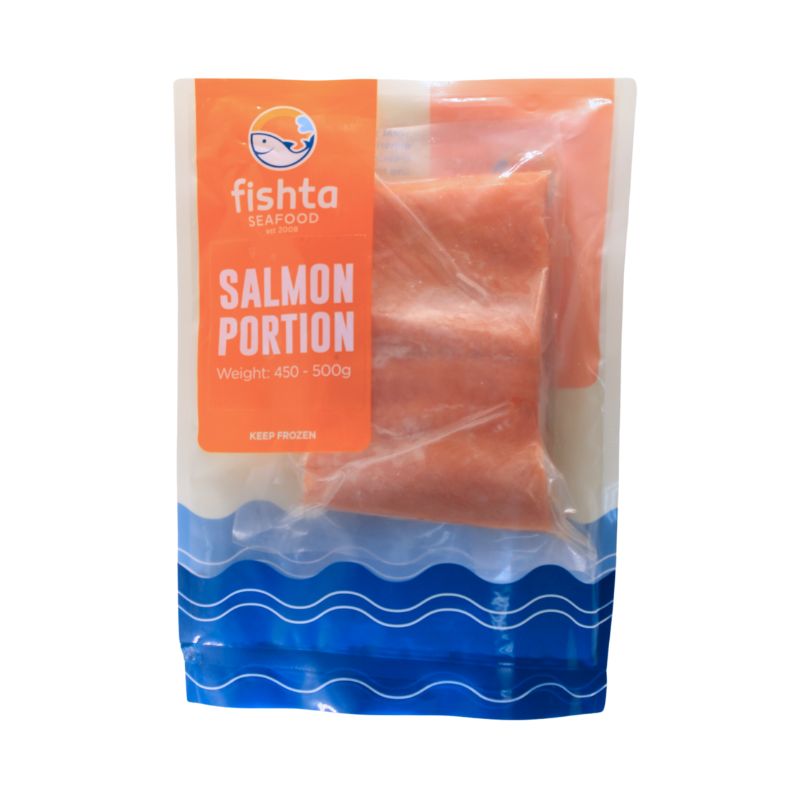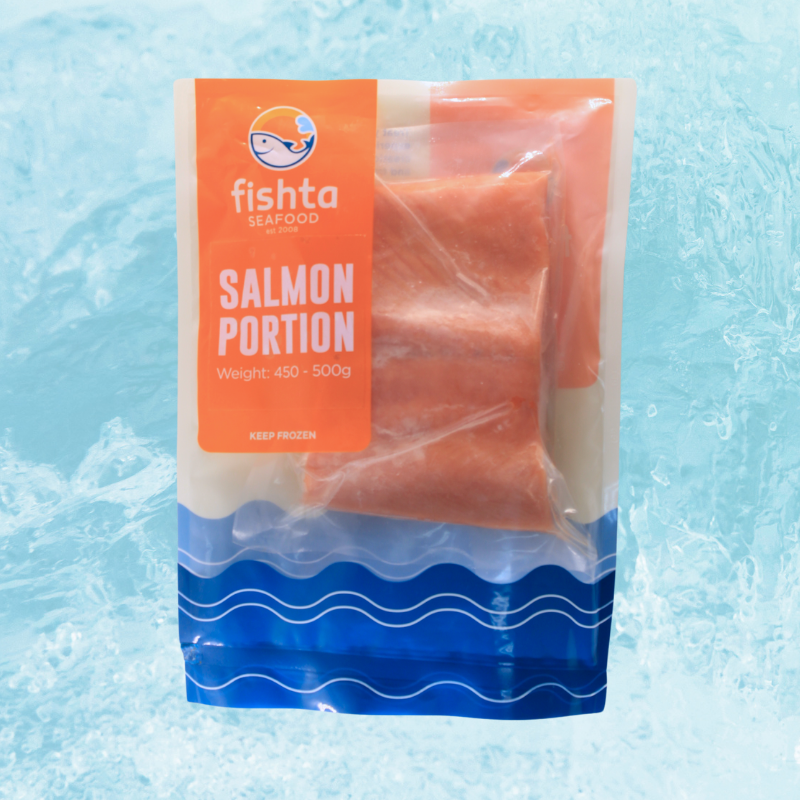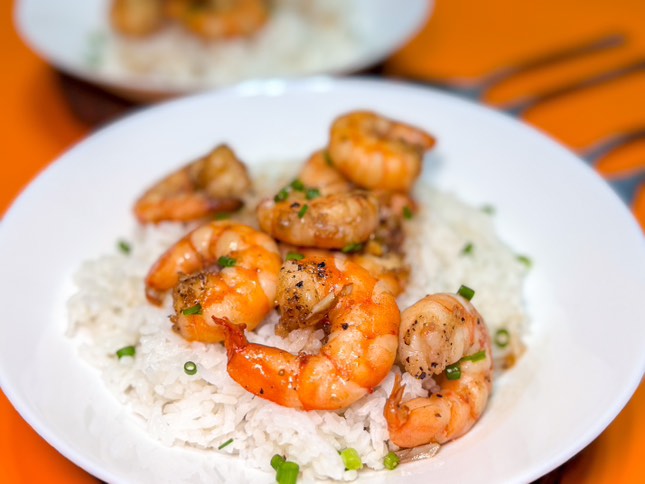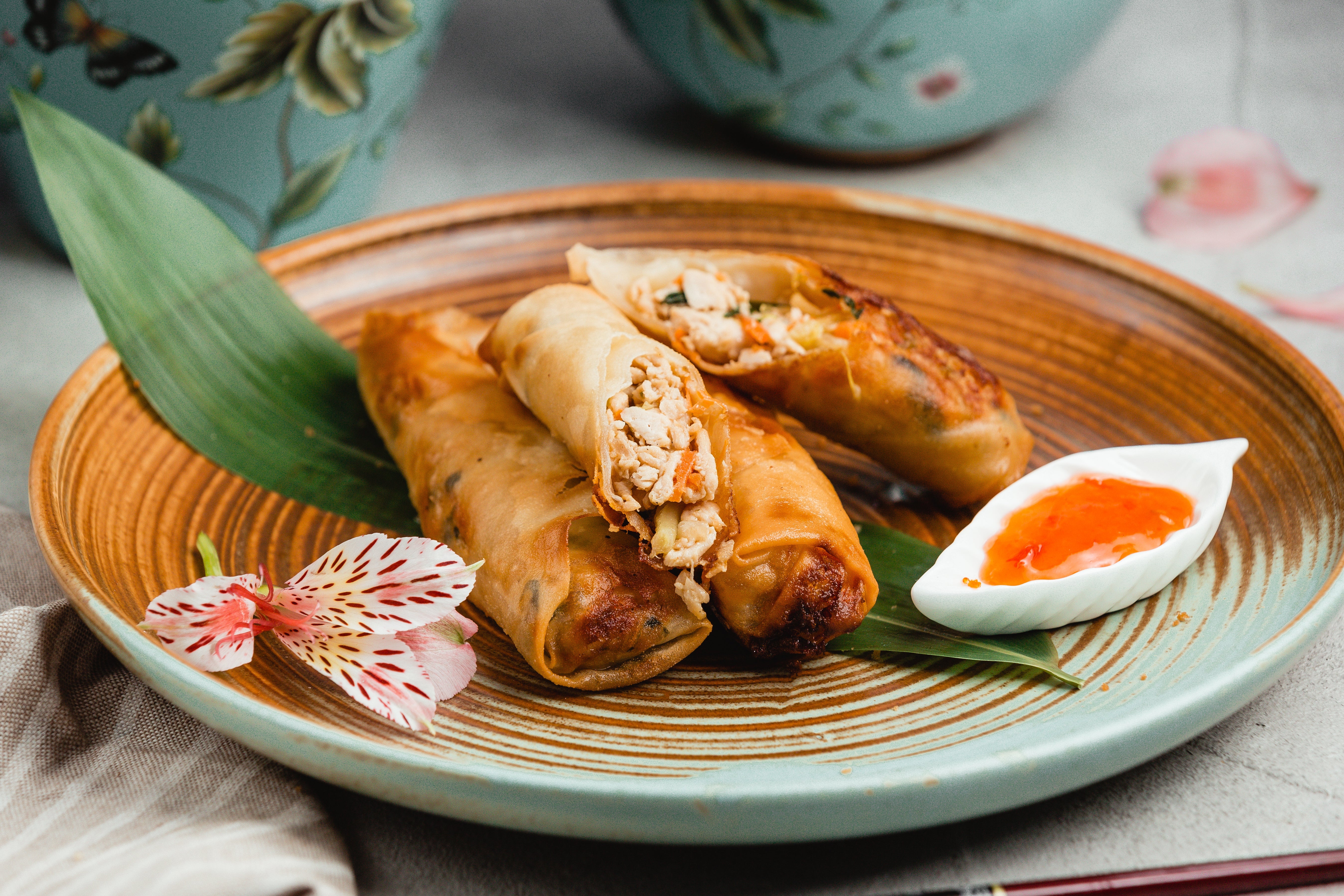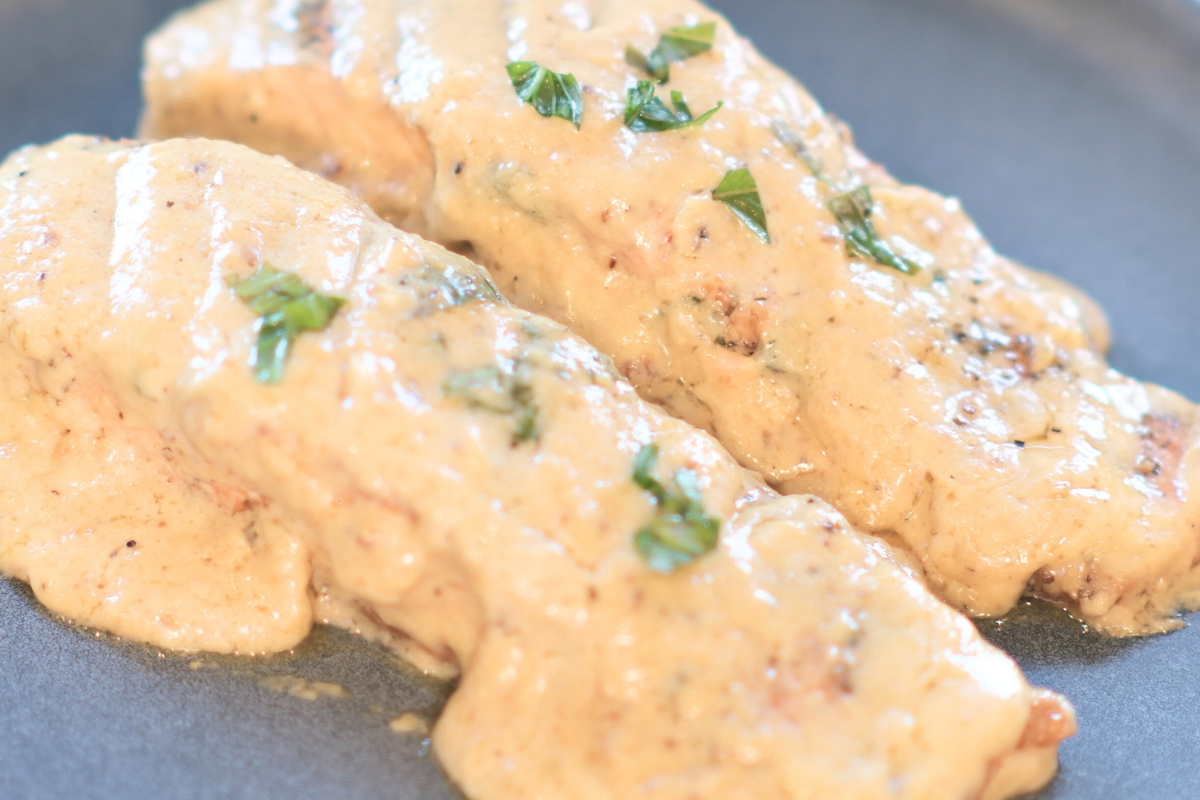Anchovies or “dilis,” as locally known, is a type of fish that is often considered a lowly catch. They may look amusing as pizza toppings, but they’re a Filipino staple enjoyed for breakfast or snacking. They’re also enjoyed in various cultures due to their versatility in preparation.
They’re small but mighty when it comes to providing the best vitamins and minerals that contribute to tremendous growth and development. No wonder the ancient Romans equated anchovies with being as expensive as perfumes. Let’s take a look at a few things you probably need or should know about anchovies or the lowly “dilis.”
Where do you commonly find Dilis or anchovies?
Dilis or anchovies are also popular catches from the Mediterranean Sea and are integral parts of European, Middle Eastern, and North African diets. However, like anchovies in the Mediterranean, they’re not farm-raised and are directly caught in the wild. This is why they’re an easy catch and highly sustainable because they’re kept away from toxic chemicals in contrast to other fishes that are typically farmed for food production.
They’re Better Than Milk
Dilis is more than meets the eye, and it’s a potent source of calcium, a much higher calcium source than what you usually get from milk. For every 100 grams of dilis, you get 752 mg of calcium compared to a cup of milk that gives you 340 mg of calcium.
When it comes to achieving robust bone health and gum and teeth health, calcium is vital, and dilis is one that many Pinoys enjoy snacking on like chips or even placing them as toppings over their morning champurrado.
Dilis Have Shorter Life Cycles
This may not matter much to the average person, but like sardines, anchovies, or “dilis” having shorter life cycles means fewer heavy metals are found in them. This includes lead, cadmium, arsenic, and other toxins typically absorbed from their environment.
If you’re one of those people trying to make smarter seafood choices due to the growing ocean waste issue, knowing that dilis has less accumulated toxicity might help.
They’re Easy On The Pocket Strings
Aside from their potent calcium source, dilis or anchovies are budget-friendly. The average range of anchovies sold in local markets starts at Php 75 to Php 95 a kilo, according to the Bureau of Fisheries and Aquatic Resources (BFAR).
They’re Great For Promoting the Omega-3s
Like much other expensive fish, delis, the more affordable alternative, is rich in omega-3 fatty acids. According to the Advances in Nutrition Journal, these are great vital fatty acids that make a difference when reducing your risk of heart disease and cognitive-related issues.
The American Heart Association claims that the recommended amount for intake is 250 to 500 mg of combined EPA and DHA. These are two of the most critical components from anchovies’ omega-3 fatty acids. It’s also a great source of fish oil which is typically used to create supplements and substitutes.
Where can I get my Dilis fix?
Fishta is here to give you your DIlis cravings, whether it’s for that champurrado topping or a tasty snack after a long day at work. It’s a mouthwatering must-have you can get at Fishta.

Learn more about our Fishta Dilis and our other seafood products here, and let us know on our social media channels if you’re a solid fan of the dilis craze!
#FishtaFinds #FishtaDilis #FishtaSeafood

